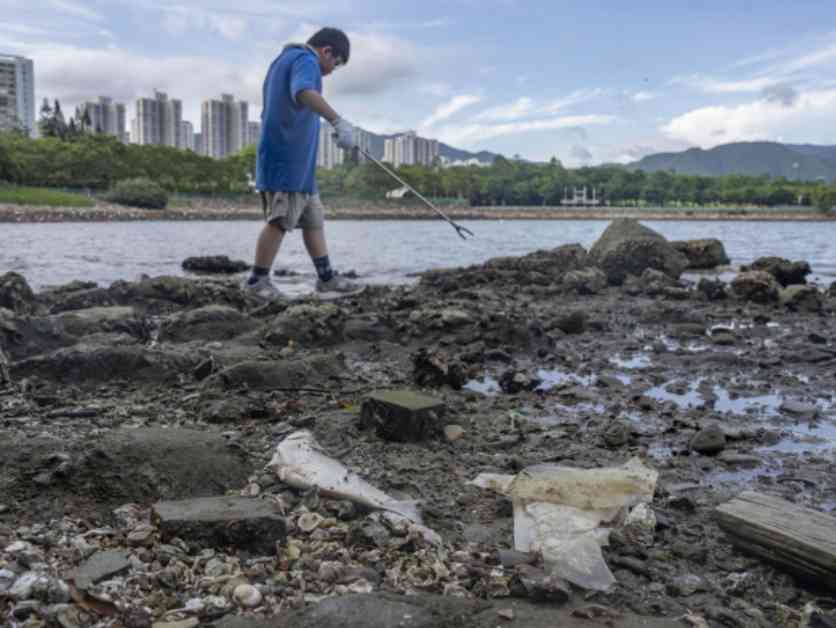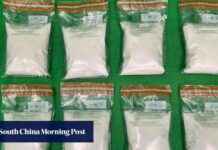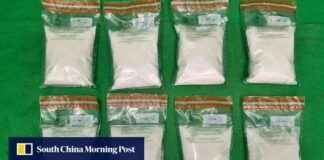Greenpeace revealed shocking statistics regarding the plastic pollution crisis in Hong Kong. According to the environmental group, a staggering 97% of the waste collected from clean-up operations along the Lam Tsuen and Pui O Rivers consisted of plastic. This alarming figure highlights the severity of the issue and underscores the urgent need for action.
The most common items found during the clean-up operations were food and beverage packaging, disposable plastic tableware, and shipping materials. These everyday items contribute significantly to the plastic pollution problem and pose a serious threat to the environment and human health.
Greenpeace campaigner Leanne Tam warned about the dangers of microplastics entering ecosystems and food chains. She explained how these tiny particles can be consumed by animals and eventually make their way into the human body through the food chain, potentially causing harm to human health.
In response to the crisis, Tam called for more robust measures to tackle plastic waste. She advocated for the implementation of a HK$1 deposit system for beverage bottles, emphasizing the need for a more substantial incentive to encourage recycling and reduce plastic consumption. Additionally, she urged the government to set clear reduction and reuse targets for single-use packaging and beverage containers to promote sustainable practices.
Tam also highlighted the role of individuals and businesses in addressing the plastic pollution problem. She encouraged people to opt for packaging-free products and urged companies to rethink their business models and phase out single-use plastics. By making conscious choices and adopting eco-friendly practices, everyone can contribute to reducing plastic waste and protecting the environment.
The findings from Greenpeace’s clean-up operations serve as a wake-up call for the government, businesses, and individuals in Hong Kong. It is essential for all stakeholders to work together to address the plastic pollution crisis and implement sustainable solutions for a cleaner and healthier future. By taking action now, we can make a positive impact and safeguard our planet for generations to come.



















